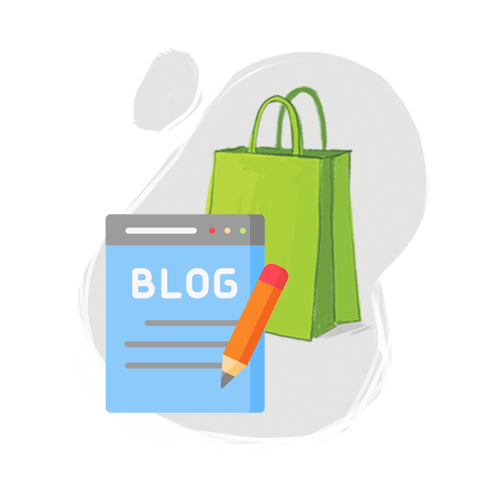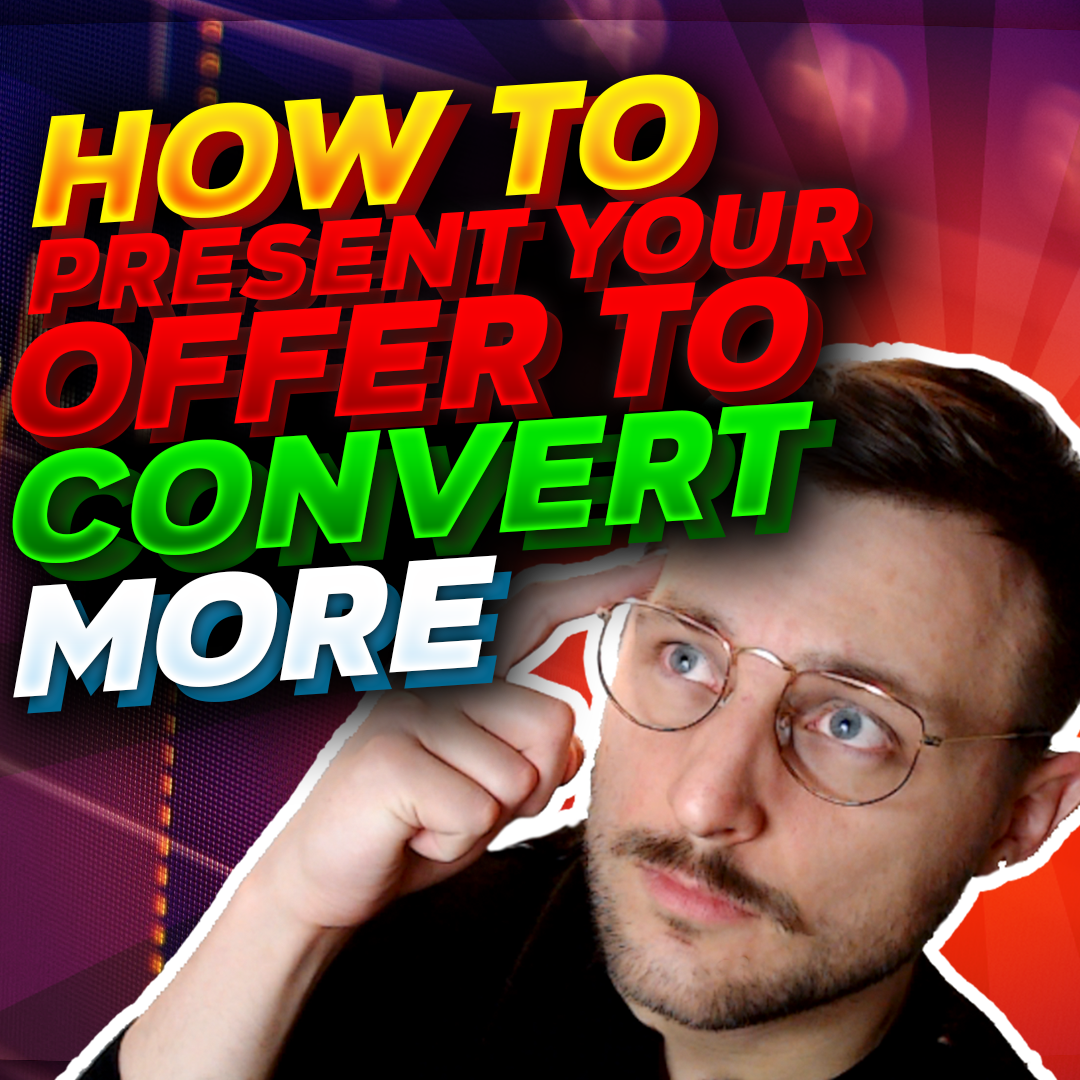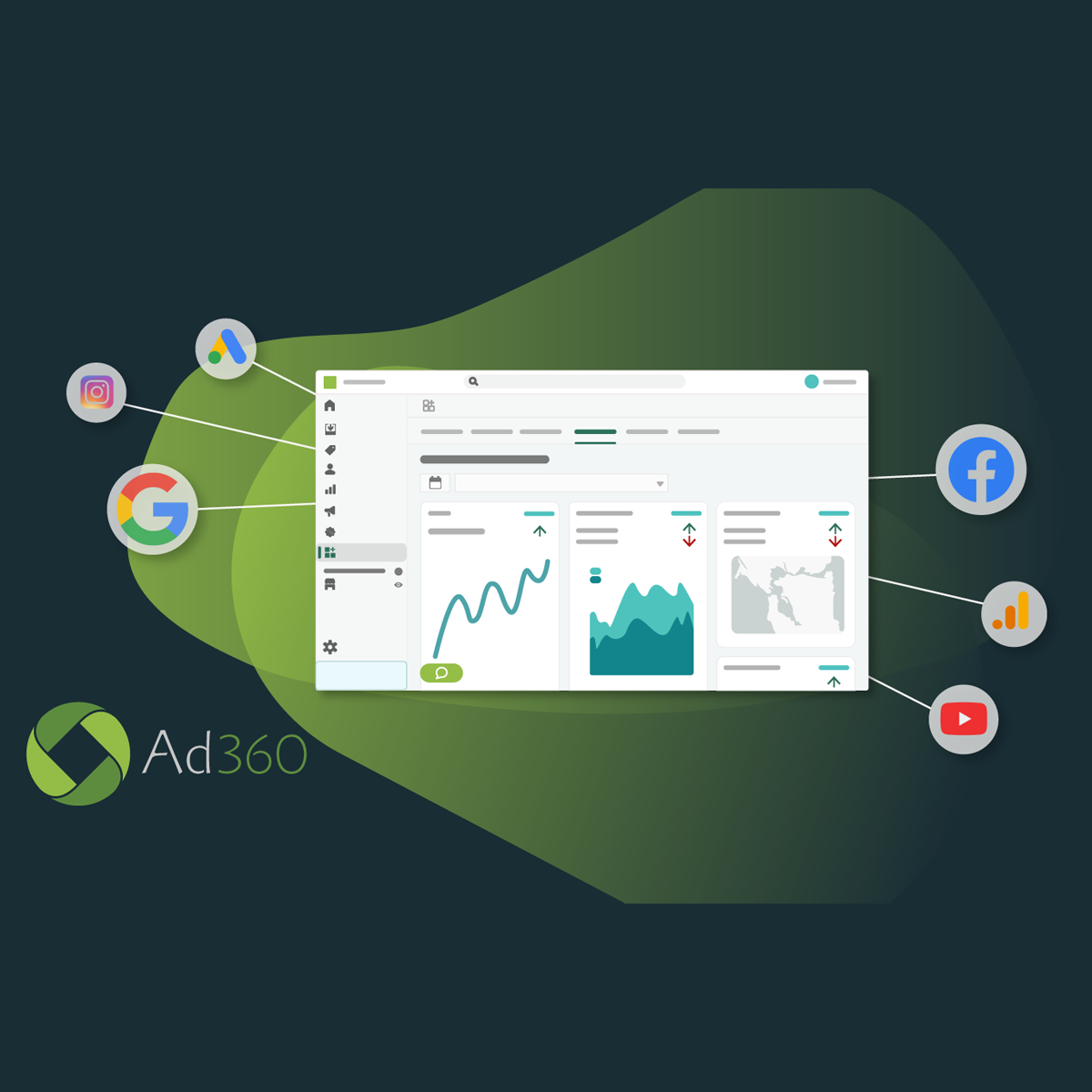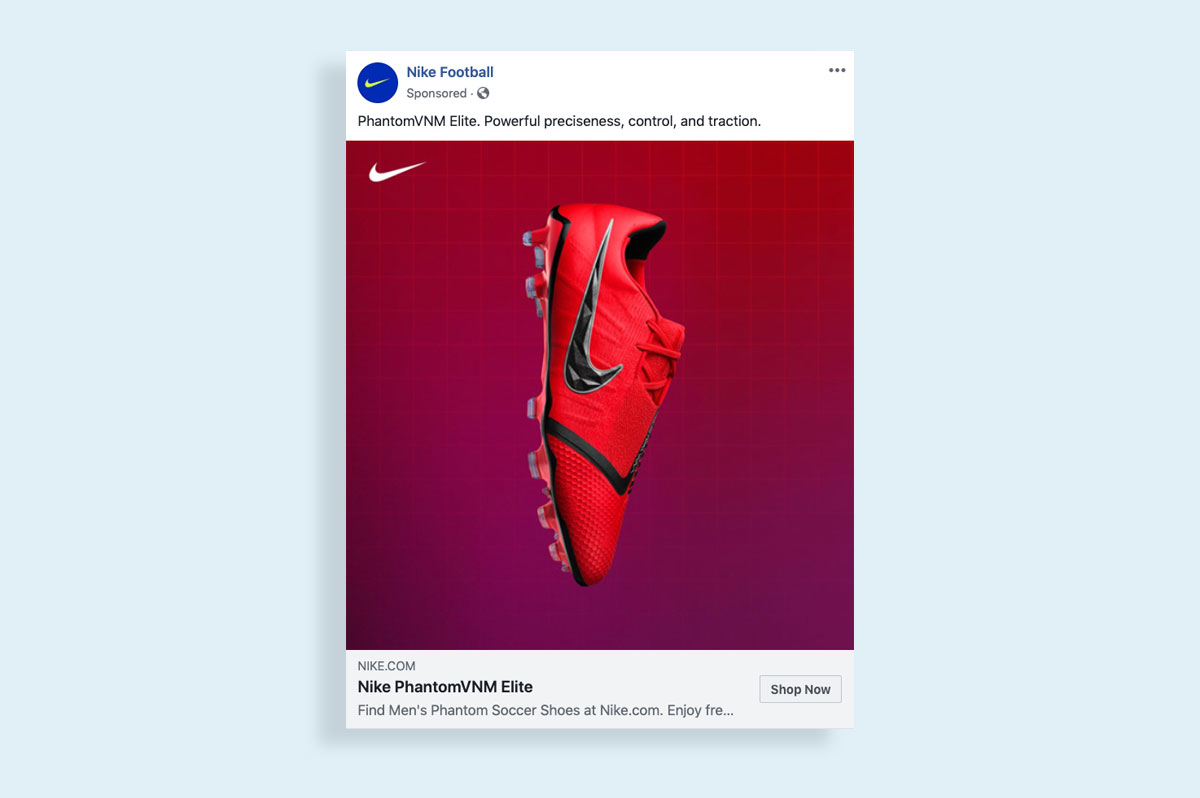Shopify Blogs: The Key to Boosting Sales?

How Blog Content can Increase Sales on Shopify
They say content is king, and for good reason: blogs are a proven method to boost your Google ranking and increase sales on Shopify. This post explores how consistent blog posts can benefit your e-commerce business while also providing a few tips to inspire your own original posts!
Authentic Blogs Support your Shopify Sales
Recently, Google announced that any AI-generated content online will be labelled “spam.” Business owners should reassess the content they are putting out to catch their audience’s audience. Marketing data shows that, while helping increase your Shopify sales, online users primarily read blogs for entertainment and information.
So, when writing your posts, keep an informational, educational, and entertaining tone at the heart of your piece. There’s no need to push your products too hard. Customers who have just discovered your site or product will appreciate quality, authentic posts for their enjoyment. Combined with social media posts and audio-visual entertainment, consistent blog posts can become a crucial element to increasing your Shopify sales.
Blogs Complement Social Media & Video Ads
Think of regular blog posts as an extension of your social media posts. In fact, it’s best to link your Shopify blogs directly on platforms like Facebook, Twitter, and Tik-Tok! All these engaging posts provide a comprehensive narrative you can build regarding your brand and business.
You can embed key infographics, images, and videos into the blog to push your most important audio-visual content across your ad channels. It not longer takes a tech wiz to combine text, picture, and video content, as Shopify has boiled down adding these functions to one click. It’s simple on a technical level, but it does wonders for your reputation online.
An e-commerce store that has an active blog and social media presence appears dynamic, consistent, and trustworthy to your audience. Over time, your Shopify store will increase its traffic and sales by coming across as an authority in your industry. If you can find the time or hire the talent, consistent, quality blog posts will become a key marketing strategy to increase your Shopify sales.
Inconsistent Blog Posts Harm your Google Ranking and Brand Reputation
You ever surf a website, impressed the professional layout, but find that their last blog content post was from 3 years ago…? Not a good sign! It gives the impression the brand is withering, and, despite its clear informational benefit, the business abandoned regular posts.
Not only does infrequent blog posting harm your brand reputation – it costs you ranking on Google’s search engine! Less blogs posts means less webpages for Google to index, and the longer you go without posting, the more you lose authority on Google’s Search Engine.
Even if you can only find time to write a 500 word post – maybe with a video embedded – remember that not each one has to be your magnum opus! Some weeks, it is simply the consistent effort that will benefit your store in the long run. Marketing research shows that e-commerce sites with 11+ blog posts a month experience a spike on monthly traffic. Furthermore, sites with 400+ blog posts archived gain an edge on Google’s search rankings, as the sheer number of webpages indexed bumps them up the rankings ladder! As we all know, a higher spot on Google’s rankings means increased sales on Shopify.

Boast a Call to Action at the End of every post
After providing valuable, entertaining information to your audience for free, drop them a hyperlink or “Call to Action” button at the bottom. In this world, everyone could use a little self-promotion, so have it!
If you want a good “rule of thumb” to follow when deciding what to blog, ask yourself this question: “What would I want to read? What kind of post would I sit back and appreciate someone putting into words for me?” If you know your audience, they’ll appreciate your work, too.
For further assistance and information on the value of blog posts, you can try a free demo by Ad360 today. Our app provides 360 degree coverage on all aspects of your digital marketing, giving you a sense of clarity on how to best promote your product and boost your Shopify sales. See what we did there? 😉 Reach out today!
How to Present your Offer to Convert More

Welcome to Ecommerce Success by Ad360, the channel where we share tips, news, best practices to help business owners be happy, productive, and successful!
This e-commerce business owner wants to increase conversions for a specific offer.
Let’s review their website and how they present this offer.
The way you introduce an offer, the level of detail you give, which Call to Action (CTA) you use, and how you highlight it on your website matter a lot to maximize your conversions.
Subscribe to our YouTube channel “Ecommerce Success by Ad360” to watch daily videos that share tips, knowledge and best practices with merchants to help your business thrive!
If you’d like me to do a more in-depth analysis of your advertising setup / targeting options / campaigns data, feel free to book a call using the link below:
The Power of a Central Ad Dashboard

Runnings Ads Across Every Online Platform is Too Complex
There are pros and cons to leveraging multiple online platforms for your ad campaigns.
Web services like Meta (Facebook, Instagram, WhatsApp), Google, Tik Tok, Twitter, and Reddit, reach wide audiences – but each platform’s presentation varies in significant ways. On paper, running ad campaigns across all search engines and social media platforms may seem the best way to boost your brand visibility and increase sales on Shopify!
… It also sounds super complicated. Imagine having to log into each separate ad interface, and learn the idiosyncrasies of all the different sites. Even more, you need to find a way to effectively compare each ad channel while analyzing your digital marketing strategy. Just the thought of lining up sales metrics from these separate ad channels gives us a headache!
That is why Ad360 is here to provide a turnkey solution to managing all your separate channels: a single, streamlined dashboard the brings all your ad campaigns – across every online platform – under one roof. Ad360’s streamlined ad dashboard makes it simple to run multiple ads at once, helping refine your marketing strategy and increase sales on Shopify 😊
The Problem with Disparate Ad Campaigns
Without a central ad dashboard, business owners waste energy simply keeping track of each promotion’s progress. In fact, e-commerce business owners online report that they keep track of their various online ad campaigns through spreadsheets or notes – all manually.
The time drain and effort wasted organizing and comparing each ad campaign is not only inefficient, but it could make that comparison inaccurate!
Entering wrong data or forgetting the rationale for running each ad campaign can make your marketing analysis more difficult or even impossible. Manually entering data in notes or spreadsheet offline basically “disembodies” your data, removing it from the context of your various ad channels. You’re forced to imagine how each ad campaign looks online instead of having them on an interface right in front of you.
It’s a scientific fact that humans only have so much brainpower for decision-making each day. If you are draining all that energy simply trying to keep each ad campaign in order, you won’t have enough left over to effectively compare them!
This “scatterbrain” effect disparate ad campaigns cause could lead to poor mental conceptualizations of your ad campaign’s progress. Instead of being able to simply sit back and think, “How should I allocate my advertising funds from here?” you are bending over backward trying to keep each ad campaign in order. Think of all the questions that would rush into your mind when comparing the success of different ad campaigns:
- Was that ad campaign for brand awareness or boosting conversions?
- Why did I run that ad campaign on Facebook instead of Google again?
- What was different about these two ad campaigns? Was it the visual I used, or was it different text descriptions?
- Why did I pay-per-click for this ad but paid per 1,000 views on this one?
A Streamlined Ad Dashboard – The Key to Digital Marketing Success?
Ad360’s streamlined ad dashboard centralizes all your ad channels to one cozy, intuitive interface. Think of it like consolidating your debt for a lower interest rate – a single central ad dashboard empowers business owners to take their digital marketing to the next level!
Advertising on multiple platform of your choice, and across the entire web – will feel easy. By broadening your reach and focusing your promotional efforts, a single central ad dashboard gives you the best chance to increase your sales on Shopify.
Instead of having to open multiple tabs to check in on each ad campaign’s progress, manually record them in a spreadsheet, and compare the numbers by hand, Ad360’s central ad dashboard automatically records key marketing metrics for you. In doing so, business owners can take a “bird’s eye view” of their overall digital marketing efforts, honing in on key areas to improve their brand message.
Experience Ad360’s Central Ad Dashboard for Yourself
Ad360 offers a free demo to e-commerce business owners trying to improve their digital marketing strategy. Reach out today for a chance to streamline all your ad channels under one roof, along with the ability to create new ad campaigns with a single click. If you’ve ever felt overwhelmed keeping track of your online promotions, give us a call today!
Digital Ads: Powerful Internet Billboards

The Role of Visual Ads in E-Commerce Advertising
Digital marketing is arguably defined by the ability to use multimedia (text, photos, videos) in combination to promote your product. When they say “a picture is worth a thousand words,” here are some stats to back that up:
- Visual content is processed by the brain 60,000 times faster than text
- Visual stimuli makes up 90% of all info transmitted daily
If you want to make an impact on your customer, improving your visual ads could be the key to increasing sales on Shopify! This post reviews the importance of visual ads in ecommerce, as well as how to deploy ad visuals while trying to increase sales on Shopify.
Importance of Digital Ad Design
In the past 10 years, users online have gotten used to bombardments of visual ads across the web, as well as mobile apps. It’s commonplace to be reading a news article, then suddenly see a visual ad banner for footwear or something completely unrelated to the article itself.
That’s the first key reason digital ad design is crucial to increasing sales on Shopify – you want your visual ad to be so eye-catching it literally draws the user away from what they were doing and toward your site! If the visual looks cheesy or unprofessional, users may be wary that the product offered is a scam or low-quality. Your digital ad design quality needs to match your product quality to boost your Shopify sales.
Digital Ad Design Aesthetics – The Key to Increasing Sales on Shopify
If you notice, major brands like Nike or Apple have perfected the art of making sleek, beautiful, simple ads that showcase their products with vibrant colors and dynamic patterns. Some of the best ad visuals are basically a beautiful digital canvas with the flagship product in the middle, and a simple slogan like, “Get Ready,” or something that simple.

High-resolution photos, edited to enrich the color scheme, may immediately draw the user’s eye. Additionally, putting your brand logo in the middle of a beautiful colored background may enhance their perception of your product line. To increase sales on Shopify, you need to demonstrate that your digital ads compete with the sleek professional designs found across the web.
Keys to Digital Ad Design Success
To successfully increase your Shopify sales, Ad360 has provided a few key pointers to follow when deciding on your final ad design:
1. Use high-resolution photos of stock photos, models, or your product centered on the ad visual
2. Pick colors that complement each other
3. Use big colorful fonts for a short, eye-catching message (e.g. ’50$ OFF!’)
4. Put your product or brand logo behind beautiful yet simple colored backgrounds with bright or neutral hues
5. DO NOT CROWD THE VISUAL OR OVERCOMPLICATE. ONE PRODUCT, ONE IMAGE! Only use multiple images if you have a specific design model in mind
6. Gifs and videos work too, but make sure the thumbnail is as aesthetically pleasing as a still visual
Ad360 Can Automatically Generate Eye-Catching Visuals for Your Business
A recent survey found that a majority of e-commerce business owners would prefer automatically-generated ad visuals and designs: it would save them precious time to focus on day-to-day operations. Thus, it could be argued that automating your ad visuals is a keystone to increasing sales on Shopify.
If you want to try automating your ad visuals, try a free demo by Ad360 today! On top of a centralized dashboard for all ad campaigns, as well as making ad campaign creation as simple as one click, Ad360 automatically extracts data from your Shopify store to create ad visuals. From there, you will have multiple options of which one to release across the web, drawing in more visitors and increasing your sales on Shopify 😊
The Impact of Shopify’s Stock Split

Shopify’s Recent 10:1 Stock Split
As a storeowners trying to increase your sales on Shopify, you may have noticed that Shopify itself has been in the news lately!
While still up over 900% since its launch in 2018 – which is amazing – there was a recent slump in Shopify’s stock price. To address the issue and set up the company for future success, Shopify announced a 10:1 stock split.
What does this mean? It doesn’t affect anything other than the volume of shares. For example, if you owned 100 stocks of Shopify worth $10 each, there are now 1,000 shares – but each one is now worth $1!
Since you are focused on boosting your own Shopify sales and not much else, it may help to answer the question – “Should I be worried about the recent news of Shopify’s stock?”
Quick answer – no! Shopify is poised to reap the benefits of the e-commerce industry’s growth the next several years, meaning the over 2 million users can ride the wave of their success 😊 Read below for more info on Shopify’s future prospects!
Shopify is Partnered with the Major Tech Platforms
While other e-commerce sites are out there, Shopify is one of the strongest platforms due to its partnerships with tech companies like Meta, Tik Tok, Alphabet, and JD.
When trying to figure out how to increase Shopify sales for your own store, know that Shopify itself is doing the same! Having full integration with the most widely-used tech platforms means that a temporary slump in stock price – or the news of a 10:1 stock split – will not impact its users in any significant way.
You can rest easy that Shopify itself is trying to figure out how to generate more sales on Shopify for you! While on a different scale, leveraging major partnerships with social media companies like Tik Tok mean that the future looks bright for Shopify and its millions of merchants.
A Temporary Slump Won’t Stop E-Commerce Growth
Some folks worry that, coming out of the pandemic, e-commerce stores may take a hit as customers flock back to brick-and-mortar stores. On the whole, as you look for how to increase Shopify sales on your own store, remember this fact for motivation:
There is no stopping the e-commerce juggernaut. E-commerce is poised to surge from $5.5 trillion in 2022 to $7.4 trillion by 2025.
Of all the major e-commerce platforms, Shopify is arguably in the best position to reap the rewards of online retail growth. So, while you figure out how to generate more sales on Shopify, keep an eye out for more tools added to the Shopify brand! There major be some digital marketing innovations on the horizon that better democratize the e-commerce space, meaning even the most tech-averse storeowners may find success online 😊
Try the Ad360 App to Help Increase Sales on Shopify
We hope you are convinced and feel secure with your decision to open a store on Shopify’s e-commerce platform. There is no reason for merchants to be worried about the recent news in the stock price and stock split.
However, figuring out how to increase Shopify sales is a big challenge! If you want help simplifying the process down to a few clicks, reach out to try a free demo from Ad360 today. With our flagship feature, Quick Ads, you need only set your daily budget and target location for ads – we’ll handle the rest, taking your online ad campaign creation to the next level 😊 Contact us today!